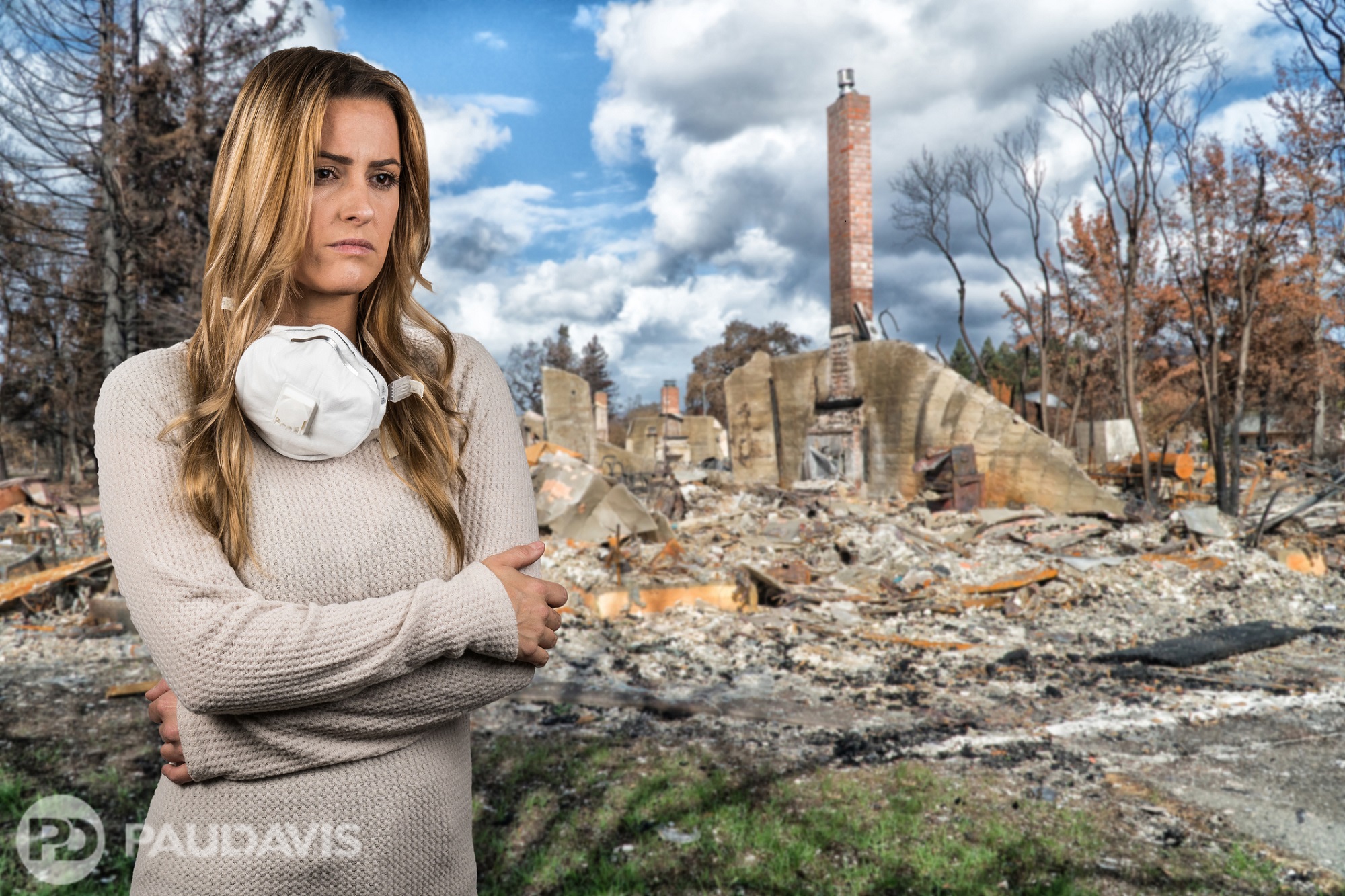
The summer of 2021 has been hot and harsh, with lengthening droughts and record high temperatures afflicting much of the continent. Extreme heat blasted the western and northern regions of North America, with western Canada smashing long-held records for high temperatures. A multi-year drought in the west continues to deepen, turning landscapes uniformly brown and crisp as far as the eye can see.
As experienced firefighters know, these conditions are perfect incubators for wildfires. And as with many disaster risks, Paul Davis is talking to customers about safeguarding their homes before flames strike. “Our biggest message: prevention is your best bet,” says Joel Moss, President of Paul Davis of Santa Clarita. “We recommend what fire experts also advise: creating a ‘defensible space.’ Mentally divide your property into three concentric zones surrounding your structures. Take precautionary steps in each zone, focusing most on the immediate zone.”
Immediate Zone: this is a 1.5-meter area surrounding your house and property’s structures.
- Remove combustible outdoor furniture, decorations and materials, including garbage and recycling containers, lumber and trash.
- Clear dead vegetation – leaves, needles, dry grass clippings regularly.
- Remove tree limbs and vegetation within a meter and half of all structures.
- Use inorganic, non-combustible mulches like stone or gravel.
- If able, modify structures by choosing tile, slate or asphalt shingles. If building new, explore flame-resistant designs and materials such as Insulated Concrete Forms, which reportedly resist fire for up to four hours.
- Test sprinklers and smoke alarms regularly.
- Station firefighting equipment such as shovels, buckets and hoses in easily accessible areas.
Intermediate zone: this zone extends from 1.5 to nine meters surrounding your property structures.
- Trim trees regularly to keep branches a minimum of three meters from other trees.
- Maintain easy access to your property’s structures to assist emergency personnel in the event of a fire.
Outer zone: this area begins at nine meters from structures and continues to your property boundaries.
- Locate wood piles, stacks of combustible building materials, fuel storage tanks and the like at least nine meters from any structures.
- Cut or mow annual grass down to a maximum height of 10 centimeters.
- Remove fallen leaves, needles, twigs, bark, cones and small branches. However, they may be permitted to a depth of eight centimeters if erosion control is an issue.
- To assist emergency personnel, maintain easy access and ensure that your property’s address is clearly marked from all access points.
As the final preparatory step, Moss urges, gather important documents. You’ll need them if a fire does strike your property. “Titles, insurance documentation, birth certificates, a visual and written record of belongings – make sure you put all these in a safe deposit box or a fireproof box if keeping them at home,” he summarizes. “Unfortunately, we now live much of the year with high fire risk so these types of precautions are no longer discretionary, they’re required.”
Need help with fire damage at your property? Paul Davis promises to arrive on site within four hours of a call for help.
